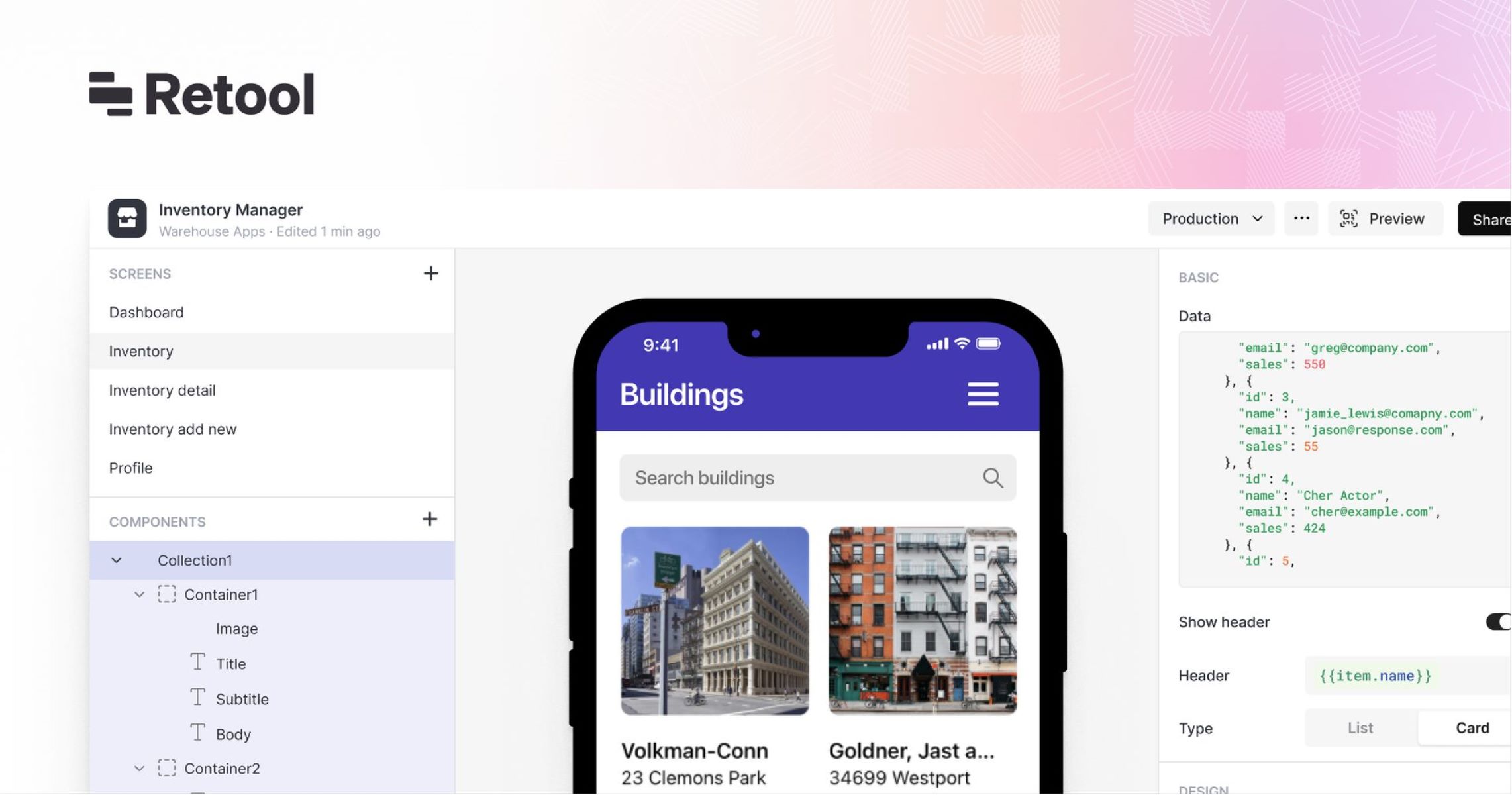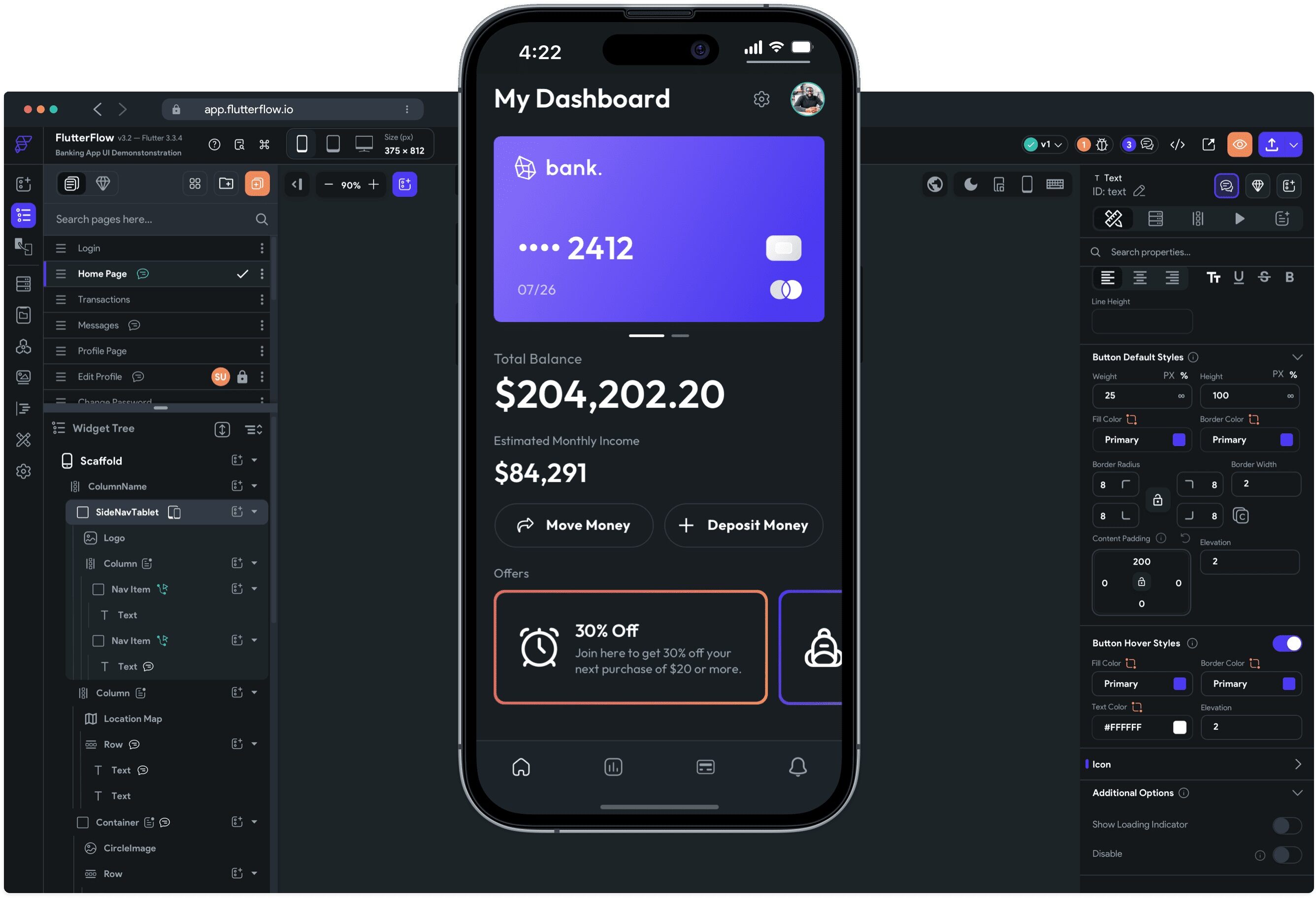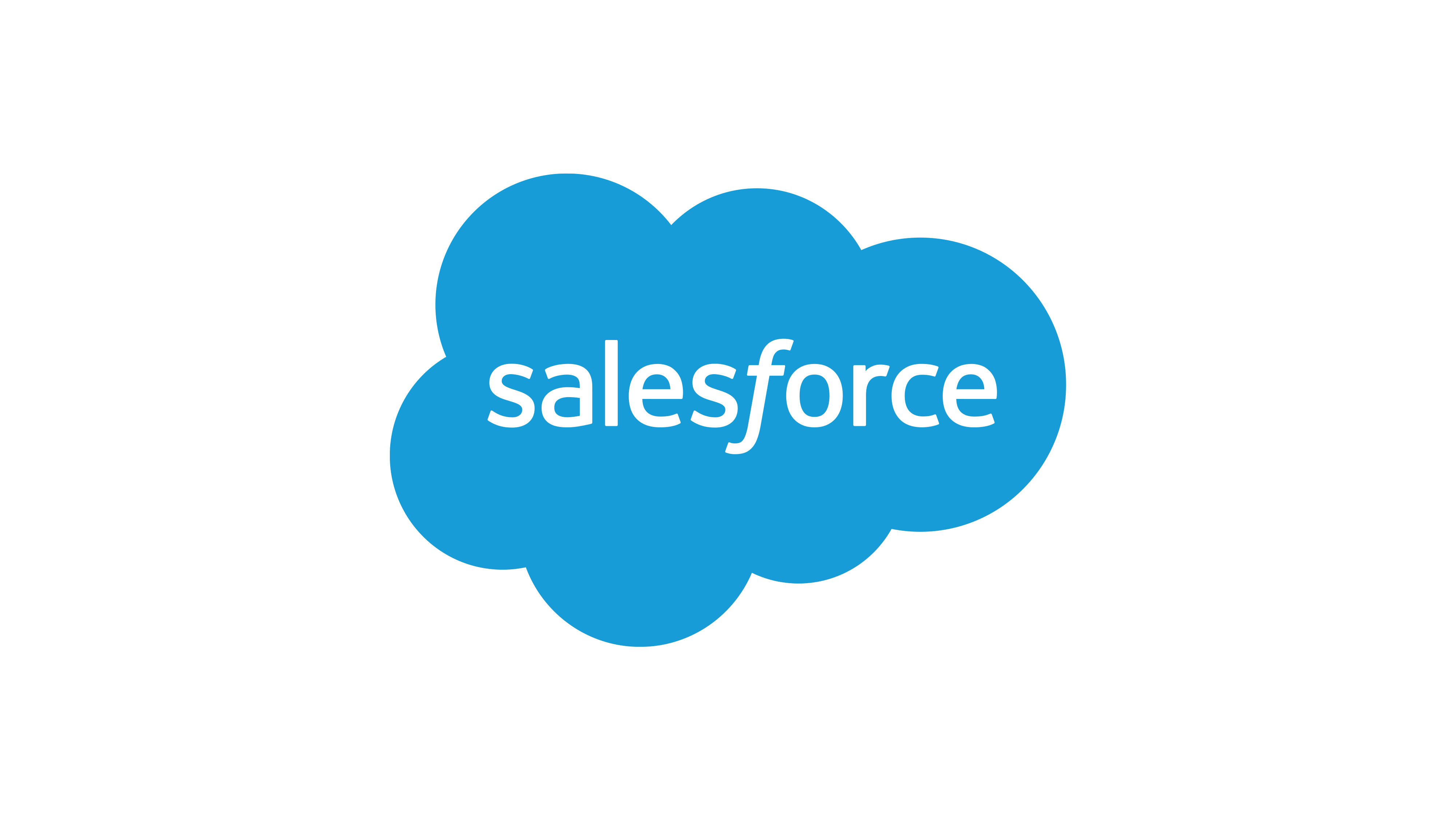Retool, the popular low-code platform for building line-of-business apps, is taking a major leap forward by adding artificial intelligence (AI) capabilities to its arsenal. The startup, known for its backend services and workflow automation service, is now introducing new tools that enable users to develop AI-based applications with ease.
Key Takeaway
Retool, the low-code platform, is now offering new AI capabilities, allowing users to easily build AI-based applications. The introduction of a hosted vector store simplifies the integration of context into large language models (LLMs). Retool’s focus on effectively getting data into the vectorized database, coupled with its Workflow service for data synchronization, sets it apart from competitors. The addition of AI-based actions in areas like text summarization and image generation further empowers businesses to leverage AI in their operations.
Addressing the Value of AI in Business Apps
According to Retool CEO and co-founder David Hsu, many of the platform’s customers are keen on incorporating AI into their applications. However, for most enterprises, the true value lies in leveraging AI to analyze their internal data. While some businesses resort to manually inputting data into queries to provide context, this method is limited and can be costly. Training custom AI models from scratch is also unrealistic for many organizations due to resource constraints and the rapid obsolescence of data.
Hence, Retool aims to solve this problem by offering a hosted vector store, which simplifies the process of adding context to large language models (LLMs). This vector store allows businesses to vectorize their data, making it easily accessible for AI models. Notably, other major tech players like Google, Microsoft, DataStax, and MongoDB have also introduced similar vector search services.
Retool’s Unique Value Proposition
While various vector databases are available, Hsu emphasizes that the challenge lies not in choosing a database but rather in effectively getting data into the vectorized database and keeping it up to date. Syncing data with external tools like Salesforce, for instance, is crucial to ensure that LLMs can pull in fresh data and provide accurate responses. Recognizing this obstacle faced by its customers, Retool introduces Retool Vectors, a hosted vector storage service built on the open-source pgvector extension for Postgres.
To demonstrate the impact of vectorization and LLM integration, Retool conducted internal tests by deploying an AI chatbot powered by Intercom’s GPT. With access to ample business context, the chatbot managed to resolve around 20% of customer service tickets. However, when coupled with a vector database containing Retool’s Salesforce data, support data, and more, the chatbot’s resolution rate skyrocketed to nearly 60%. Furthermore, Retool vectorized all its sales call transcripts and utilized OpenAI’s API to query them.
An additional noteworthy feature of Retool’s AI enhancement is its Workflow service, which ensures that a business’ production database and vectorized database stay synchronized, guaranteeing access to the most up-to-date information.
Expanding AI Capabilities
In addition to the vector storage service, Retool has introduced a range of AI-based actions to address common use cases such as text summarization, classification, and image generation. These features are made possible through a partnership with OpenAI and are seamlessly integrated into Retool Workflows.
“We’re incredibly excited to partner with Retool to empower more companies to leverage generative AI across their business,” said Brad Lightcap, Chief Operating Officer at OpenAI. “From reducing manual work to sharing more knowledge to adding new customer-facing capabilities, we believe tools like Retool help businesses put AI into production much faster without compromising safety.”

























